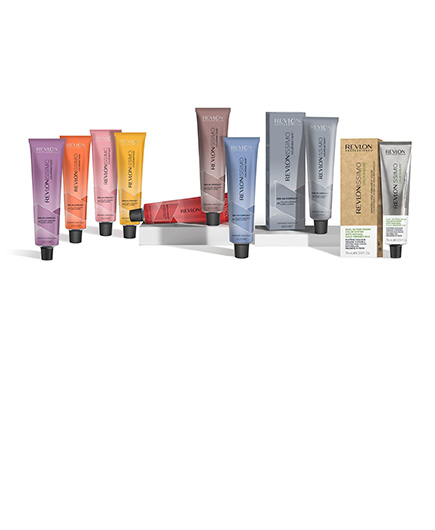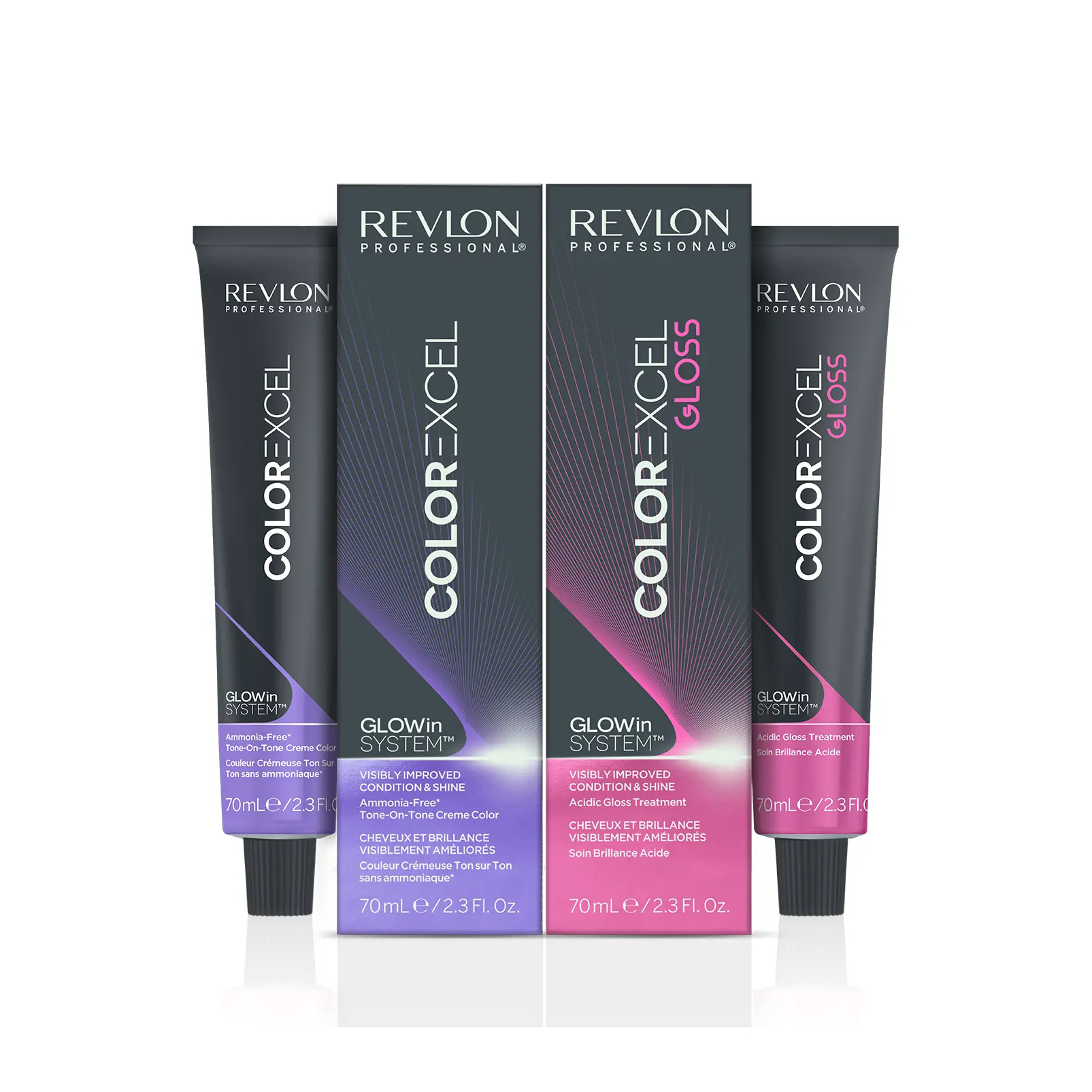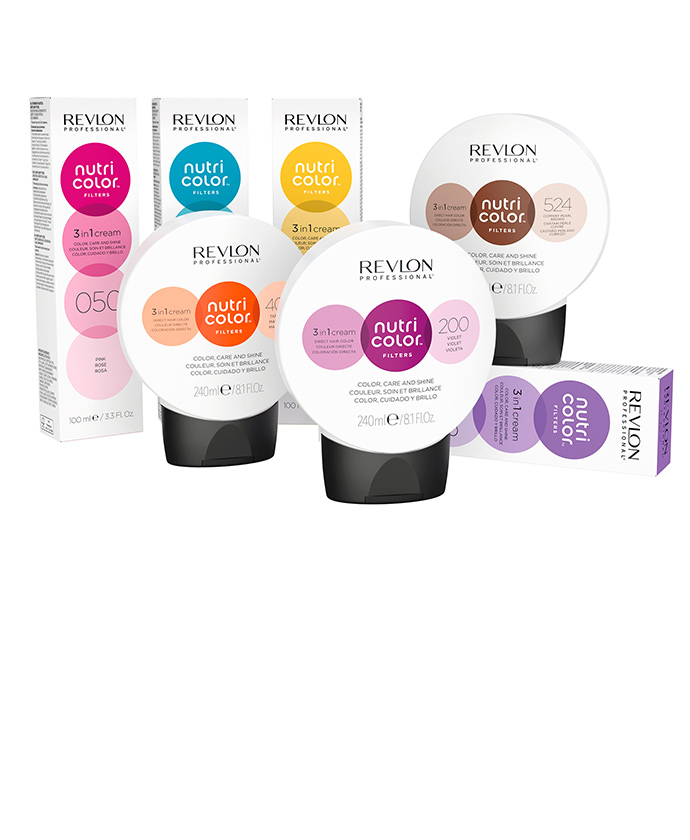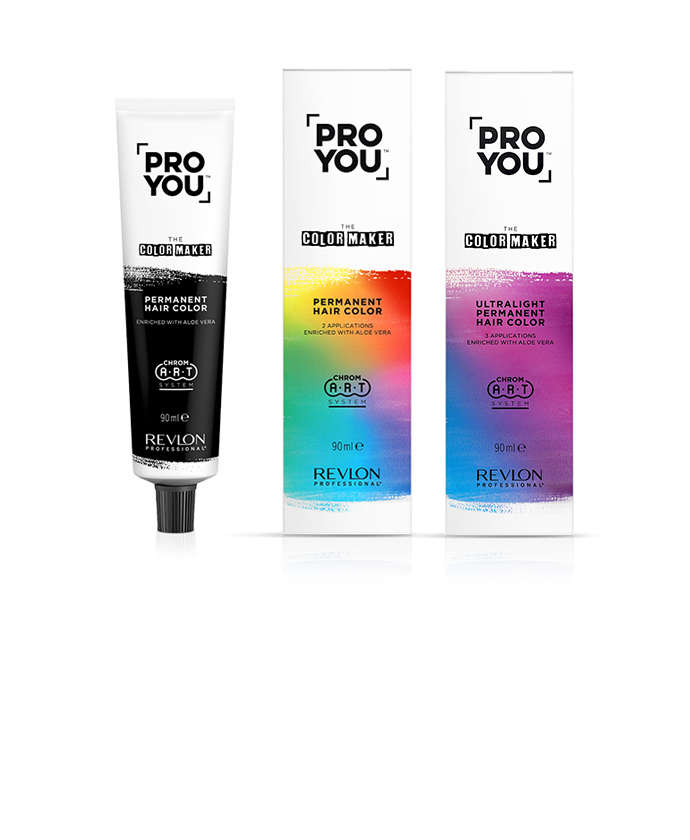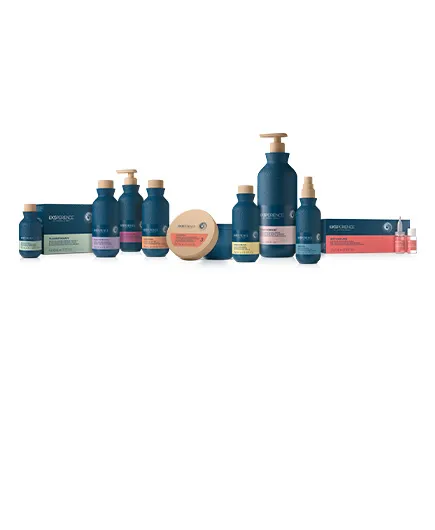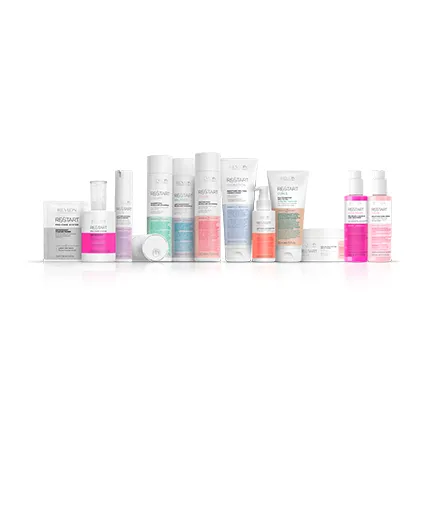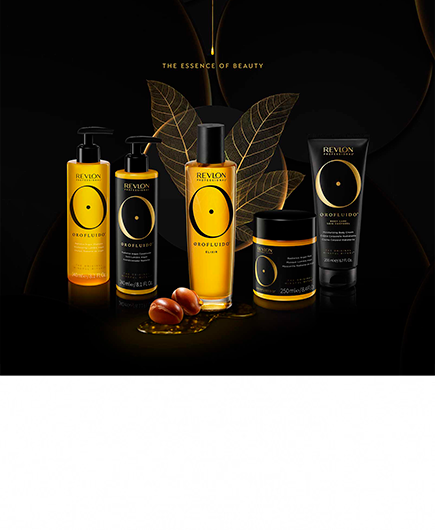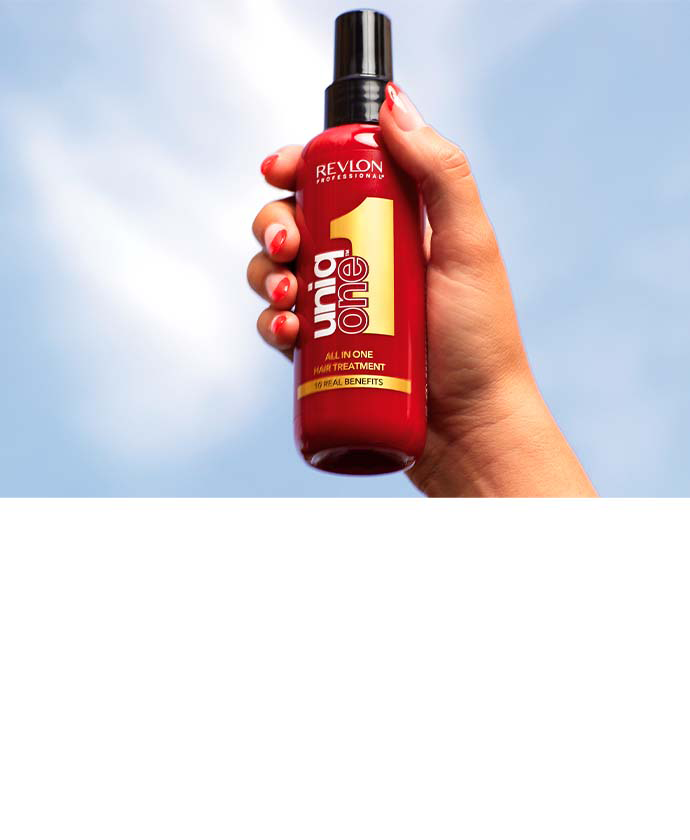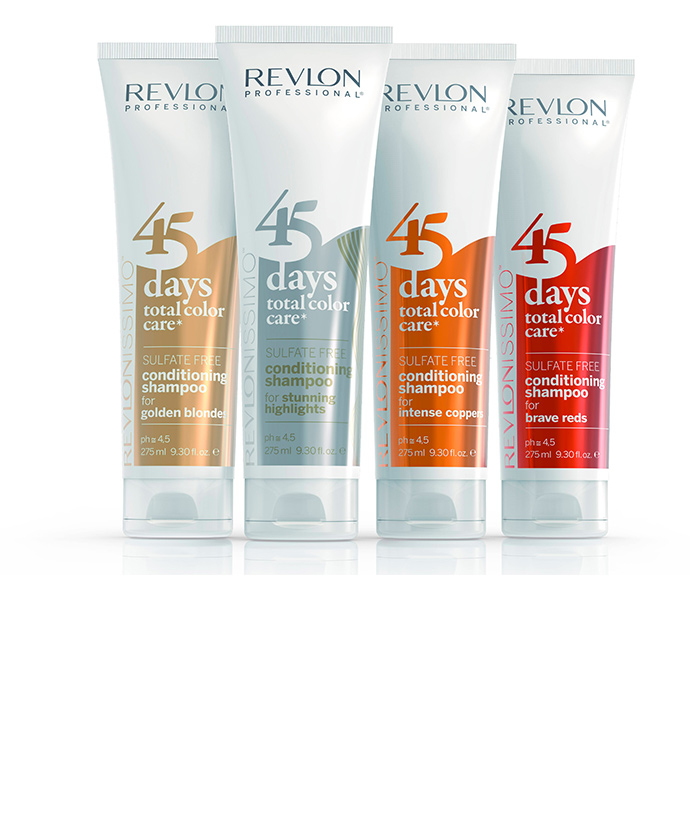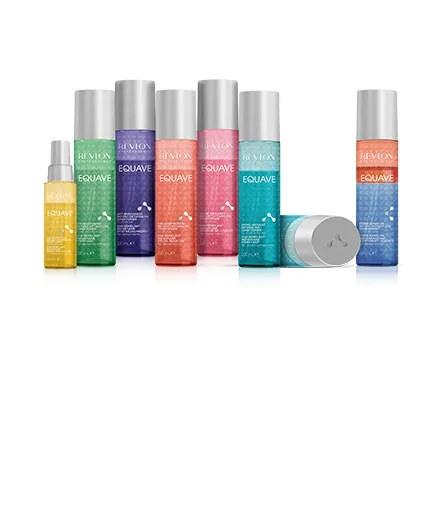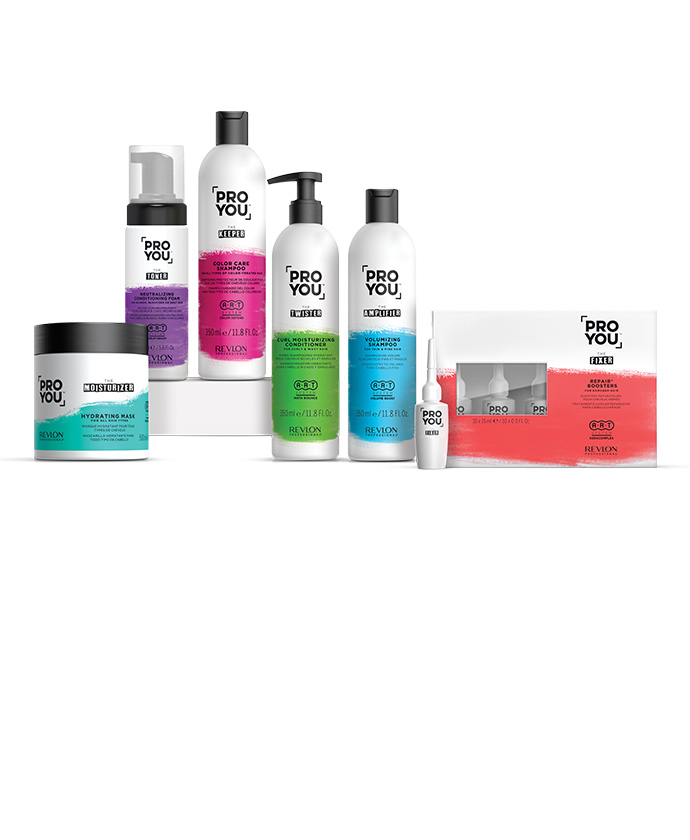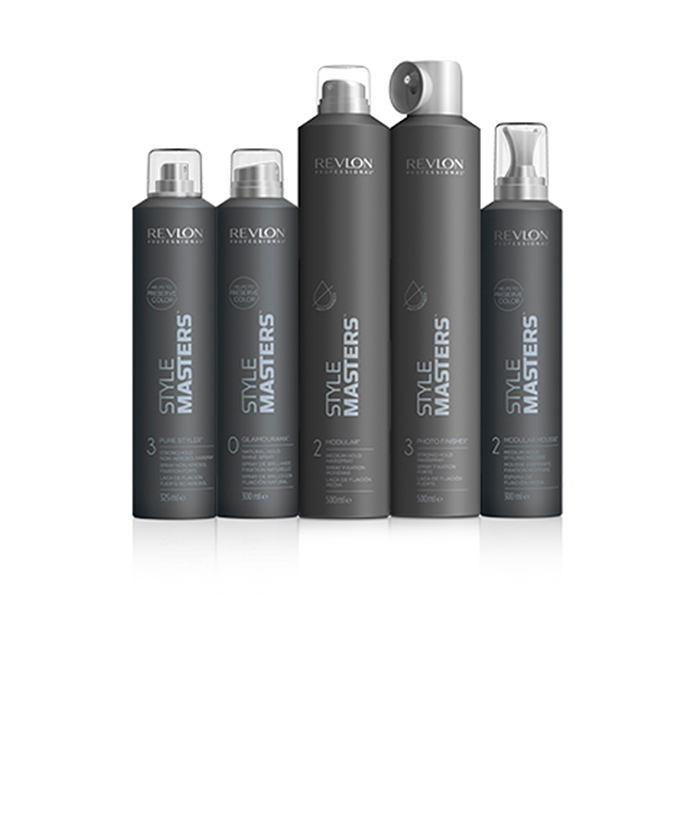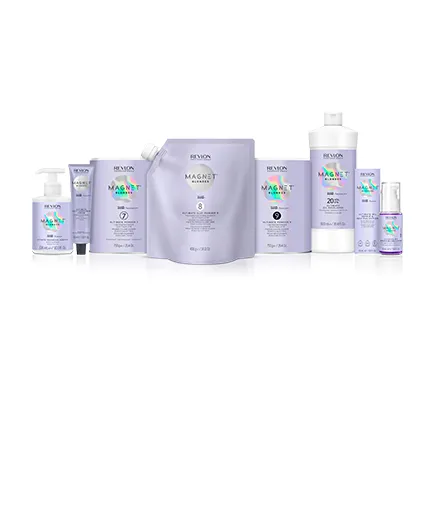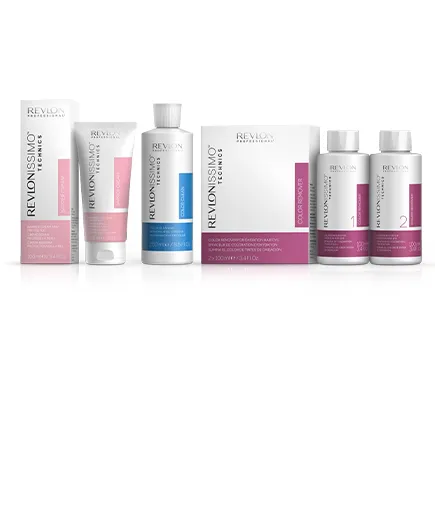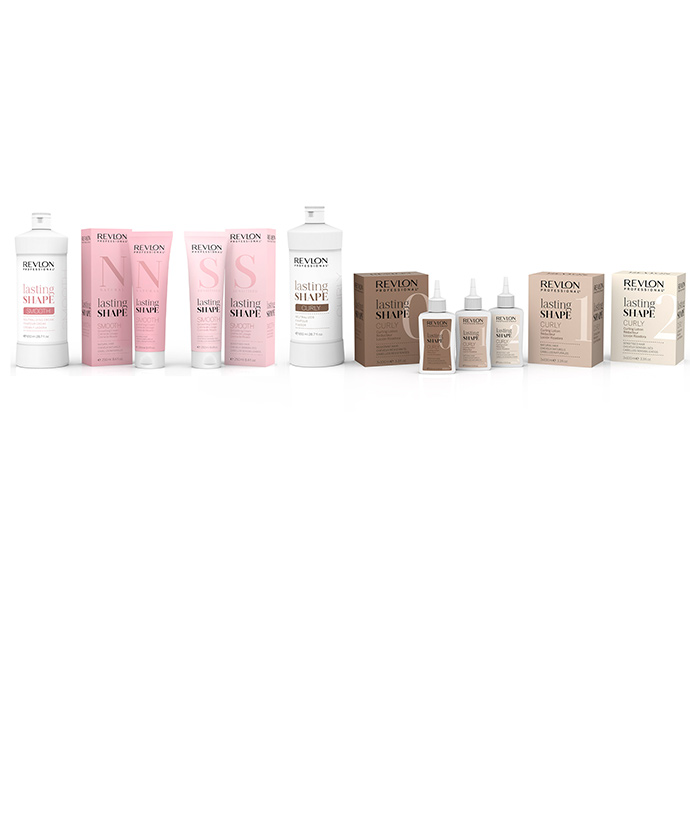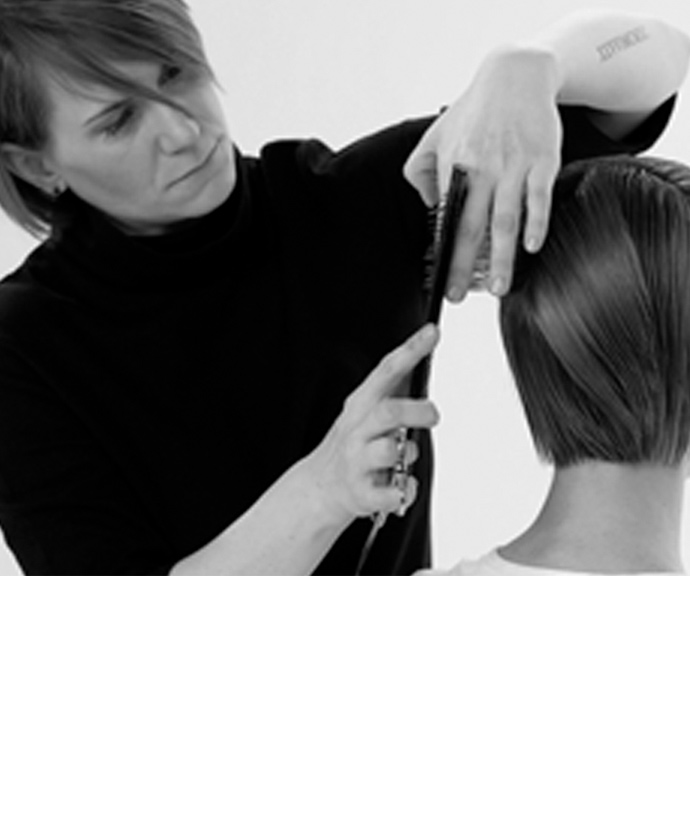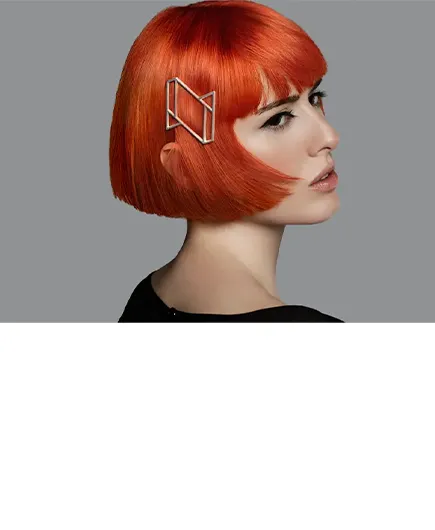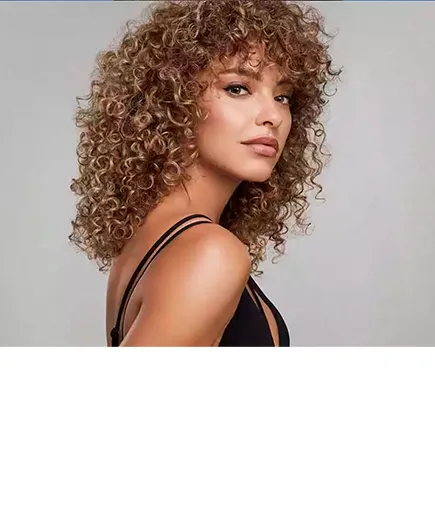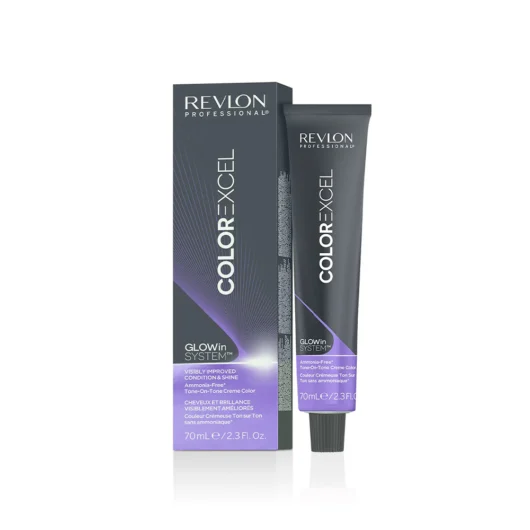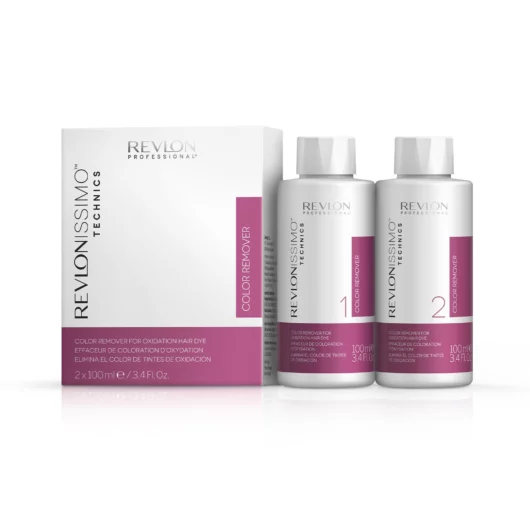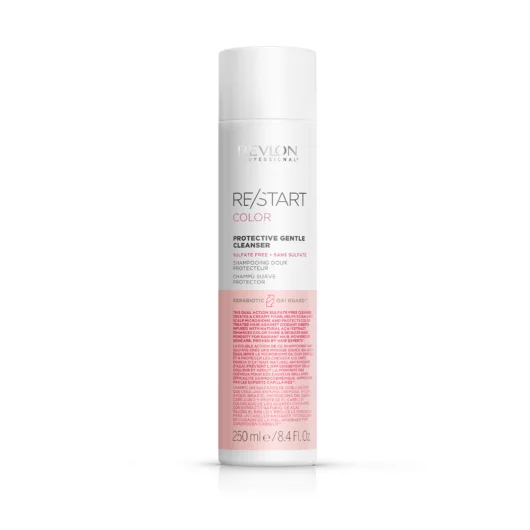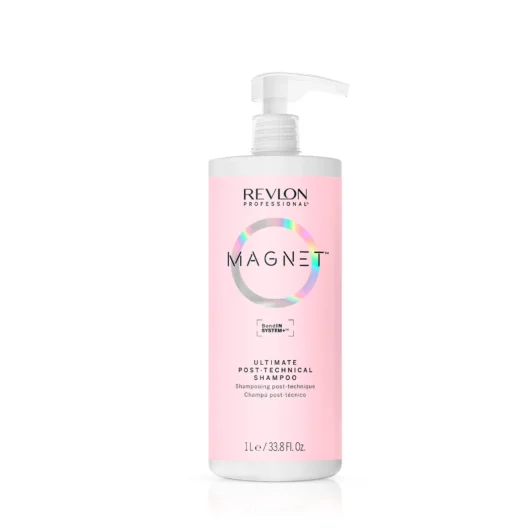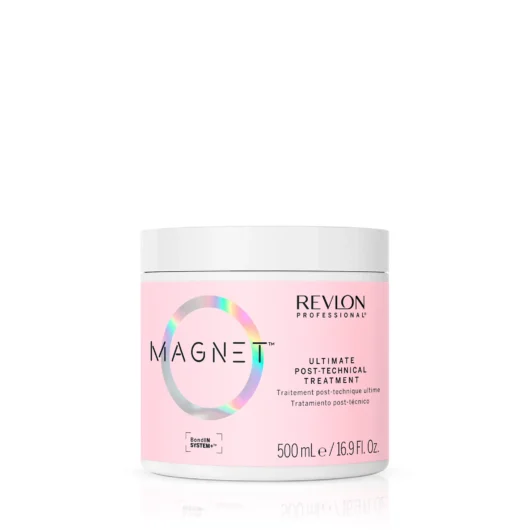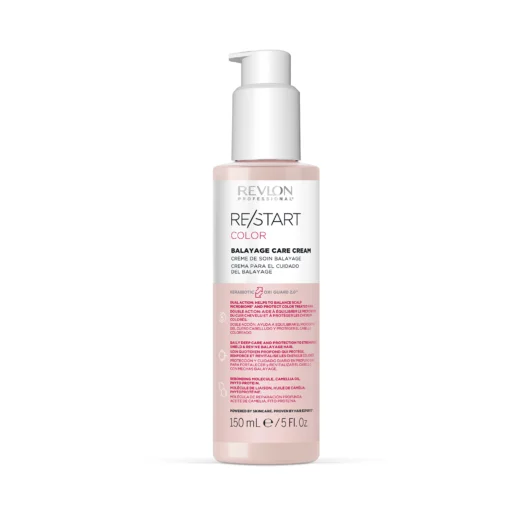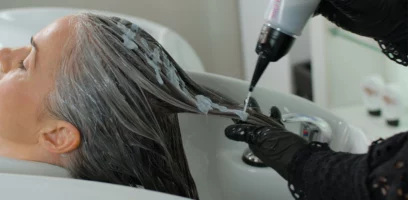How to Correct Black Box Dyed Hair: Professional Solutions and Tips
Correcting black box dyed hair is a challenging process that requires advanced skills, meticulous techniques, and professional products. Here are our pro tips and strategies to help you tailor your approach to each client, minimize damage, and empower you to stay at the top of your hair game.
If you’ve ever tried to correct black box dyed hair, you know it can be a formidable challenge. Black box dye is notorious for its stubbornness and the potential damage it can cause. But fear not! With the right knowledge and techniques, you can transform even the most resistant black box dye into a beautiful new color that you and your clients will love.
Understanding Black Box Dye
Black Box Dye is a pre-mixed, readily available hair dye that’s often sold in drugstores and is aimed at clients that wish to do their own color at home. It’s known for its intense pigmentation and durability, making it the go-to for those looking for a dramatic change (hello breakups). However, its composition, which often includes metallic salts and harsh chemicals, makes it a challenge to remove and correct. This is where it can become a color correction and the bane of hairstylists lives!
Here at Revlon Professional®, we are certainly not anti dark hair! If your client loves the dark look then we recommend using a semi permanent color such as our glowing Color Excel range in house. To add length, consider incorporating darker extensions or tape-in extensions for a rich and ultra-shiny transformation. This avoids the common issues associated with home dyeing, such as overlapping and challenging color banding, which becomes more noticeable with longer hair lengths.
Ver esta publicación en Instagram
Assessing Hair Condition and Client Expectations
A thorough consultation is the first step in correcting black box dyed hair. Begin by understanding the client’s hair history, including previous chemical treatments, frequency of dyeing, and any issues they’ve encountered. This information will help set realistic expectations and tailor the correction process.
Evaluate the Hair’s Elasticity, Porosity, and Overall Health
Elasticity testing involves gently stretching a strand of hair to see if it returns to its original length without breaking, indicating healthy hair. Porosity assessment can be done by feeling the hair’s texture and noting its absorption rate when wet. The ultimate test (apart from a skin test!) is the strand test which will not only allow your client to see the potential results but will also help you come up with a color plan and save you a lot of time!
Strand Testing
Performing a strand test is crucial before any major color correction. Select a small section of hair, preferably from an inconspicuous area, and apply the lightening or Revlonissimo™ Technics Color Remover. This test will reveal how the hair reacts to the treatment, highlighting potential risks such as breakage or uneven lifting. It also helps in determining the appropriate products and their concentrations for the actual procedure.
Lightening Techniques
Lightening black box dyed hair requires careful selection of techniques to ensure even and safe color removal.
- Color removers: Specialized products like Revlonissimo™ Technics Color Remover can be an essential ally to help you to correct color by either partially or totally removing the stubborn color pigments that have been applied to the hair.
- Bleach bath: This method involves using a diluted bleach mixture that is gentler on the hair and that can be used to gradually lift color. It’s ideal for clients who need a mild to moderate lift and who prefer a softer result that is ideally focused on the mids and ends to achieve a sombre or ombre result.
- Full bleaching: Necessary for significant color removal, this technique requires careful monitoring to prevent over-processing. Using products that have built in bonding and following up with treatments like Revlon Professional’s Magnet™ range will help protect the hair integrity.
- Balayage or highlighting: These techniques provide a gradual lightening effect while avoiding a stark contrast and reducing overall damage. The wet Balayage is particularly useful for clients who prefer a more natural transition from dark to light tones.
After lightening, the next step is correcting the remaining unwanted tones and achieving the desired color.
- Toning: Use toners to counteract unwanted undertones and for neutralizing brassiness. Select the appropriate toner based on the underlying pigments that are revealed after lightening.
- Re-dyeing: After lifting the black dye, re-dye the hair to the desired color, taking into account the underlying tones. Our extensive and versatile color palette offers a wide range of shades to achieve the perfect finish while conditioning the hair.
Ver esta publicación en Instagram
Technical Challenges and Considerations in Correcting Black Box Dyed Hair
When the hair is naturally dark it will contain pigments that are suited to the level, which in this case would be ‘darkest red.’ When the hair is colored black, it will be harder to remove due to the additional artificial pigments and colors that have been added. To ensure the new desired shade and tone is achievable, the hair must be lifted to the correct undertone.
Ver esta publicación en Instagram
When hair is colored with a permanent dye, it can take twice as long to lighten each shade level compared to lifting natural hair color. Therefore, it’s crucial to grasp the principles of color theory and have a solid understanding of hair color charts. While selecting a color is simple, it’s important to prepare clients for a general lightening of approximately 2 to 3 levels per session. For instance, starting from a level 1 ‘black’ with a darkest red undertone, it could potentially be lifted to a ‘4 Medium Brown’ shade with a red/orange undertone. Hair may lighten further in each session, but preserving hair integrity is paramount; it’s better to under-promise and deliver than to over-promise.
Levels and Underlying Pigments
Achieving the desired color requires careful color correction to neutralize unwanted tones and achieve a uniform, vibrant result. When lightening black box dyed hair, the underlying pigments can vary widely, typically revealing red, orange, or yellow tones depending on the level of lift achieved. Recognizing these underlying pigments is crucial for selecting the right color correction strategy.
- Level 1-4 (Black to Dark Brown): Often reveals red and orange undertones.
- Level 5-7 (Medium Brown to Dark Blonde): Primarily orange and yellow undertones.
- Level 8-10 (Medium Blonde to Pale Blonde): Yellow undertones.
Post-Treatment Care
You’ve done all the hard work and now it’s time to hand over a tailored home care routine to help maintain your client’s hair health after the correction process. Here are some pro tips:
- Color range: Recommend a color friendly range such as RE/START™ Color Protective Micellar Shampoo to help prevent fade and keep the color looking fresh between salon visits.
- Protein treatments: Recommend that clients use weekly deep conditioning masks such as our Magnet™ Ultimate Post-Technical Treatment to help reinforce the internal structure of damaged and compromised hair after a technical service.
- Products: Always recommend care and styling products. The color may look amazing in the salon but it is vital to give them the knowledge to keep it that way. We love the multi benefit RE/START Balayage Hair Care Cream for clients who want to maintain beautiful and healthy-looking hair until the next salon visit
- Regular trims: Advise clients to get regular trims every 6-8 weeks to keep ends healthy and reduce breakage. A bespoke style such as the kitty cut will keep your client’s overall look on trend and add dimension to the hair.
Tailoring Techniques to Individual Client Needs
We know it’s a lot to take in! So to summarize the key points, always remember to customize your approach based on the client’s specific hair type, condition, and desired outcome. Each client’s hair will react differently to treatments, so it’s crucial to adapt your techniques accordingly. Clear communication is key; explain the process, potential risks, and set realistic expectations to ensure the client understands the achievable results.
The learning doesn’t have to stop here! Staying updated on the latest techniques and products is key for professional growth and client satisfaction. Continuously educating yourself through workshops, seminars, and industry events such as our Front Row 2024 ensures that you’re equipped with the latest knowledge and skills to tackle even the most challenging color corrections.
Ver esta publicación en Instagram
Now that you are ready to take your clients’ hair to a new level, you can stock up on all your favorite professional products at our exclusive Revlon ProShop. To keep up with the all the trends and get our pro tips, head to our 24/7 educational platform, #RevlonProAlwaysOn (for clients only). You can sign up by leaving us your contact details.


